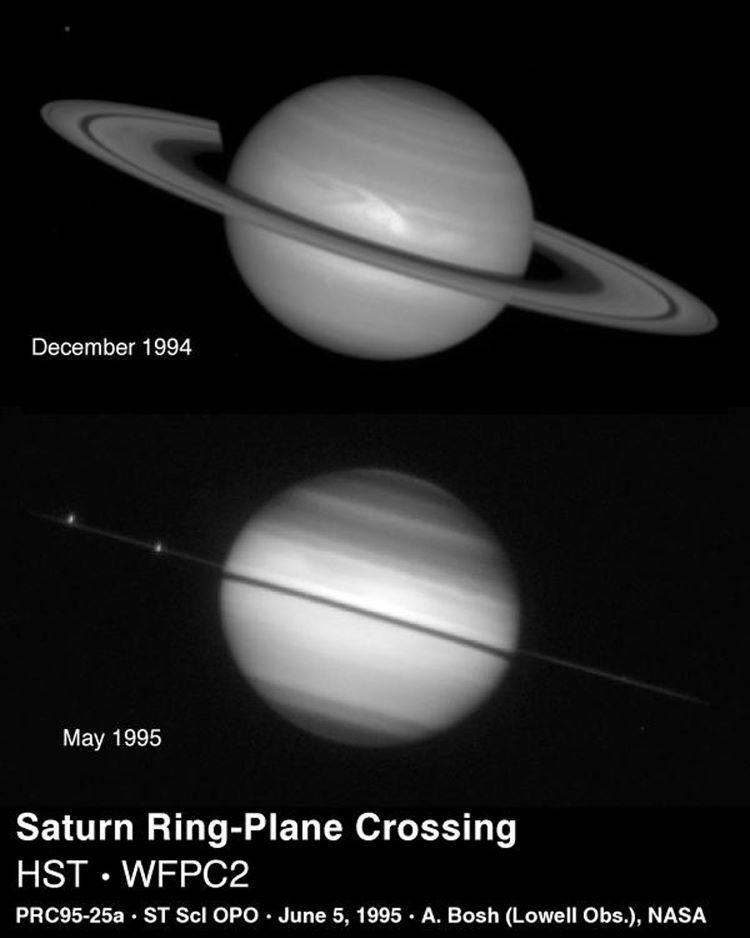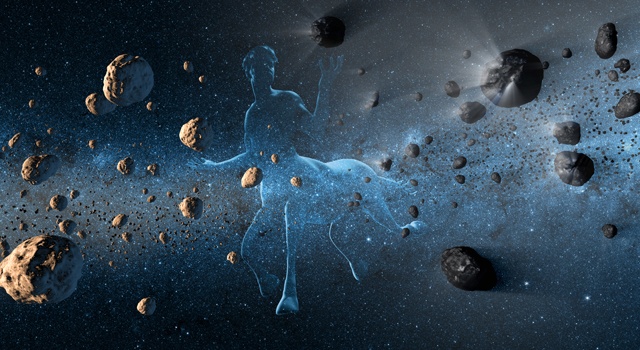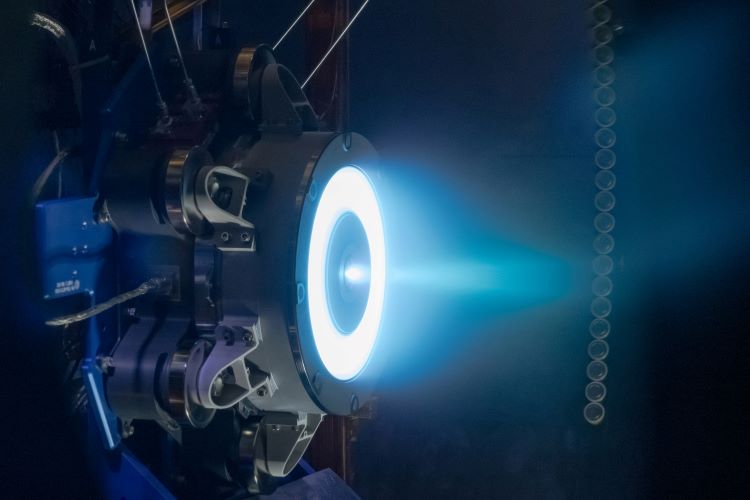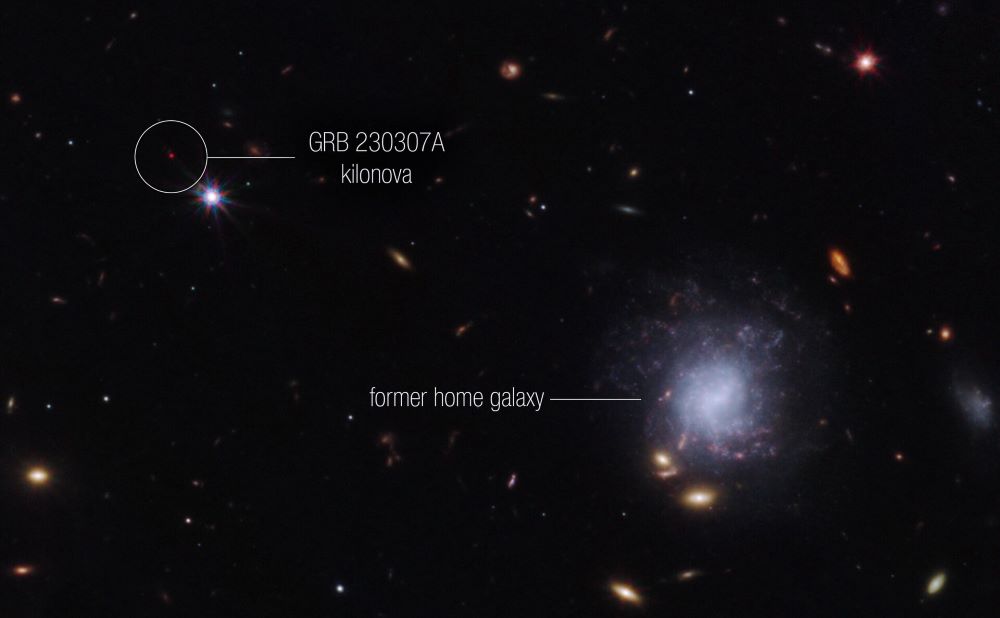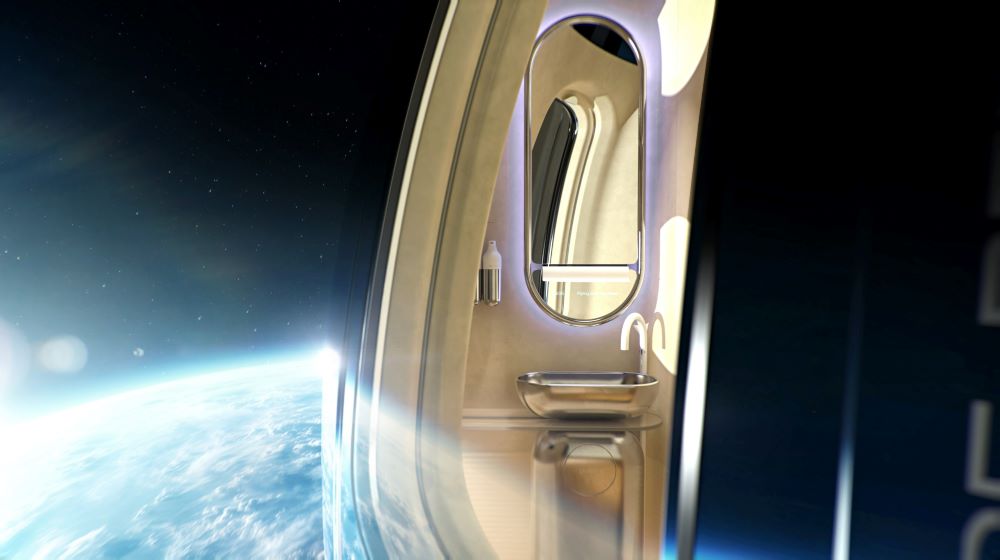The rings of Saturn are some of the most well-known and captivating spectacles in the night sky, which are so large they can easily be observed with amateur telescopes or even a pair of high-powered binoculars. However, from time to time, Saturn’s rings “disappear” from view, a phenomenon known ring-plane crossing, with the rings being observed as a flat line running straight through the massive gas giant. Ring-plane crossing occurs approximately every 15 years and is slated to happen next in March 2025, with the rings slowly getting “larger” in the months afterwards before “disappearing” again in November 2025. But what causes ring-plane crossing?
Continue reading “Saturn’s Rings will Disappear in 2025. Don’t Worry, They’ll Return Soon Enough”Saturn’s Rings will Disappear in 2025. Don’t Worry, They’ll Return Soon Enough
